Kazu: description and features of the game
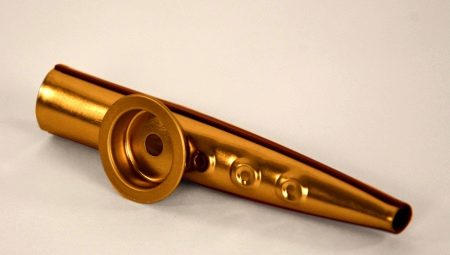
The article provides a brief description of the musical wind instrument kazoo. Recommendations on how to play it are given. Basic tips on how to handle it are also given.
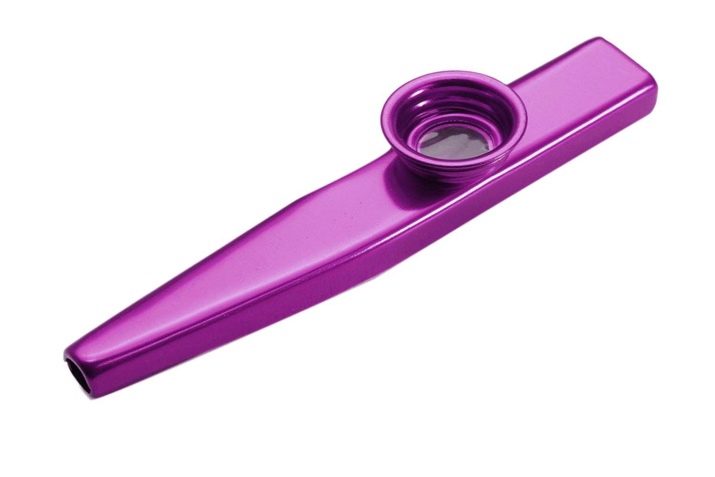
Description
Among the many musical instruments that exist in various parts of our planet, the kazoo stands out favorably for its uniqueness and rarity, above all. It is classified as a member of the vast family of wind instruments. But the uniqueness lies in the fact that the kazoo is used when performing skiffle pieces related to the folk music of the United States. Technically, this is a small cylinder made of plastic or metal. The beginning of the cylinder is wider than the end.
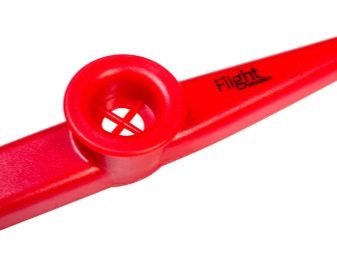
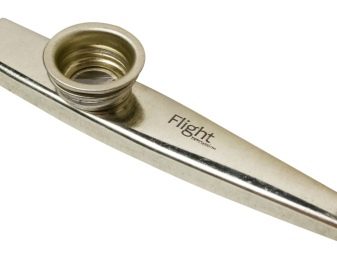
A cork with a membrane is located in the center of the kazoo. The cork itself is made of metal, and tissue paper is used for the membrane. Musicians sing songs or melodies by directing their voices into the cylinder. The role of the membrane is to change the voice substantially. The effect is truly amazing.
A kind of "distant relative" of the kazoo is the comb with tissue paper on the teeth, which is well-known in our country. But still, in the United States, the practice of playing such instruments is much more common. There the kazoo is combined into whole skiffle ensembles with other instruments, unusual even for experienced music lovers. Among them are washing boards, ceramic bottles, and many other things. According to musicologists, the voice passing through the kazoo becomes close to the sounds of copper pipes and saxophones.

Some experts, however, find more similarities with the sound of woodwind instruments. Special techniques of the game give specific rhythmic patterns. Such an original device itself is distinguished by its standardized shape and dimensions. Its external parameters were worked out in the 19th century.
An important role is played by the screw plug, which helps to adjust the degree of pressure on the membrane.
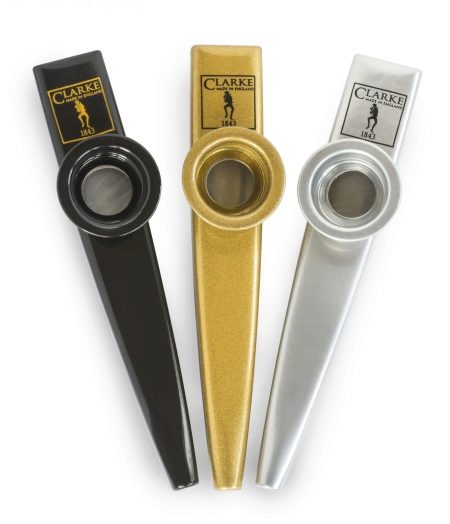
This instrument is also commonly called "submarine", that is, "submarine" - because of its configuration. Not everyone likes the sound they make. Part of the audience is perplexed, the other finds associations with the tenor saxophone - there will be no one indifferent. It is curious that the kazoo, although it appeared in the United States, began to form in a completely different place. It belongs to the group of so-called myrlitons, which were made in Central Africa 5000 years ago.
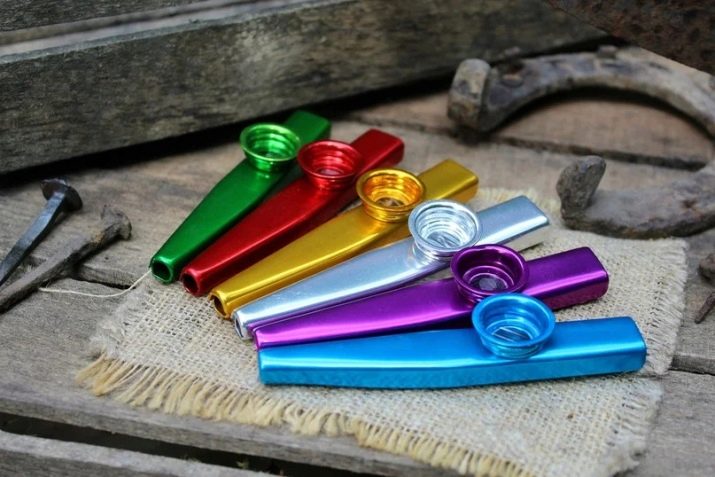
True, their goal was by no means entertainment. It is believed that the most ancient prototypes of kazoo were intended for hunting and turned out to be original decoys. There is also a version that they were used in various kinds of rituals. More and more experts are inclined to think about the dual purpose of this tool. American National Kazoo Day falls on January 28th.
The version that this instrument in its modern form was developed in 1840 by a US resident named Alabama West is not supported by anything. There is not even evidence that this person really existed. The dominant version is that the kazoo was modified and invented by W. Frost in 1883. And the metal product took its modern look in 1902. It was then that the corresponding patent was issued in the name of George Smith, a rather famous inventor.
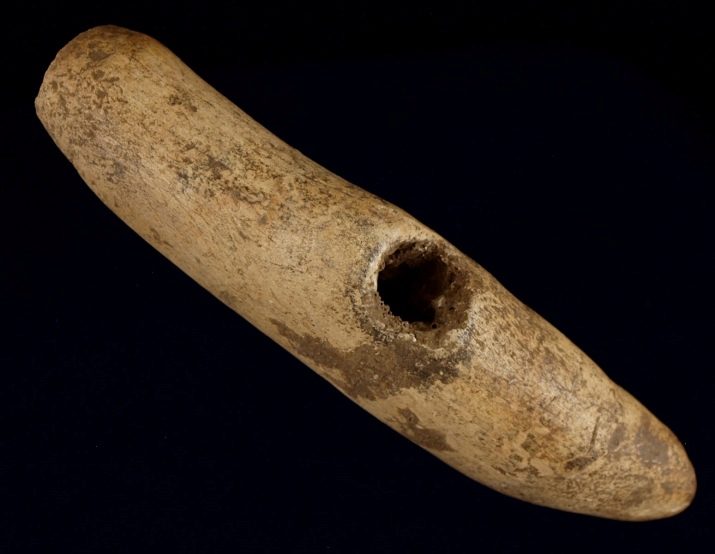
The kazoo game does not present any particular difficulties. And almost everyone can be sophisticated in it to their liking. There is no need to learn notes and master scales at all - you just need to practice. It is curious that this instrument can be supplemented with a pickup, best of all piezoelectric from an acoustic guitar. Important: an electromagnetic device for electric guitars will not work here.
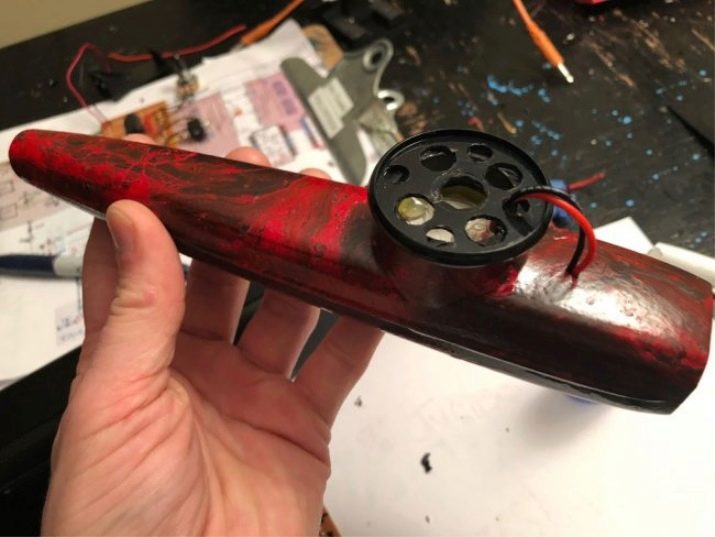
Sequence of work:
-
drilling of the case;
-
sealing all holes;
-
applying paint and completely natural drying it;
-
gluing strips cut from tape;
-
hanging the instrument on a stick covered with hot melt glue;
-
applying a second coat of paint (by bathing in a bucket);
-
smearing dye to simulate a stone surface;
-
reduction of the piezoelectric emitter (necessarily without distorting the shape of the plate);
-
soldering conductors to the emitter;
-
drilling a hole;
-
connection of conductors;
-
hot glue landing of proper knots;
-
connection to the amplifier directly or through auxiliary nodes.
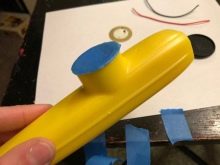
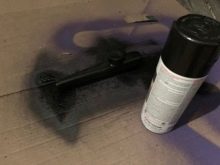
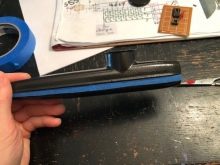
Technique of the game
To play such a wind instrument, you need to grab a wide area of it with your lips. This is done in the same way as when blowing a whistle. If everyone did not try to do this themselves, then at least they saw a similar action, albeit in films.
Important: whistling is useless, since the kazu will then be silent. You just need to sing with your voice, or even just pull and sing the notes.

To make it seem that this is really some kind of melody, there is a clever trick: to vary the duration of the sounding of the notes and their timbre. Next, you need to try to "purr". This is done by folding the tongue in the mouth. When it's rolled up, just blow into the inside of the cylinder. If it doesn't work right away, you can try rolling your tongue in the higher part of the mouth - then, perhaps, things will go well.

Advice
Kazoo connoisseurs give the following recommendations:
-
a non-standard attractive sound is obtained if you hold the top of the kazoo and tap it with your fingers a little;
-
during the game it is useful to imagine that the pipe is in the hands;
-
after studying long and hard (at least half a year or a year), it will be possible to perform jazz and blues compositions;
-
too long sessions of the game are contraindicated - you can easily become hoarse or lose your voice;
-
where it is more correct to train, albeit a little, but more often;
-
kazoo plays best when the musicians make high pitches;
-
if it is difficult to start right away, and it seems that nothing will come of it, you just need to blow the "Doo-doo-doo" or something like that;
-
sometimes the most suitable method of playing can be found only after a few trials, and you should not be disappointed right away.










